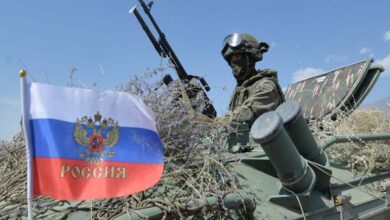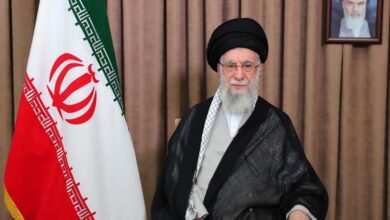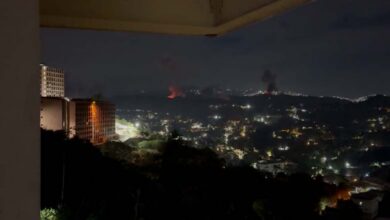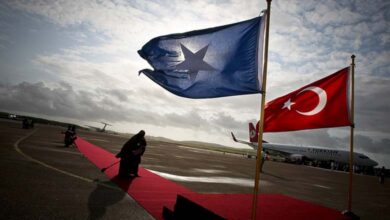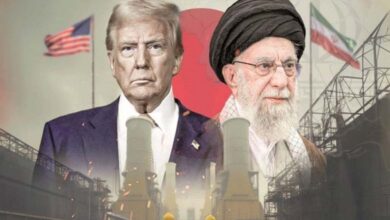Iranian journalists pay the price for covering Mahsa Amini’s case
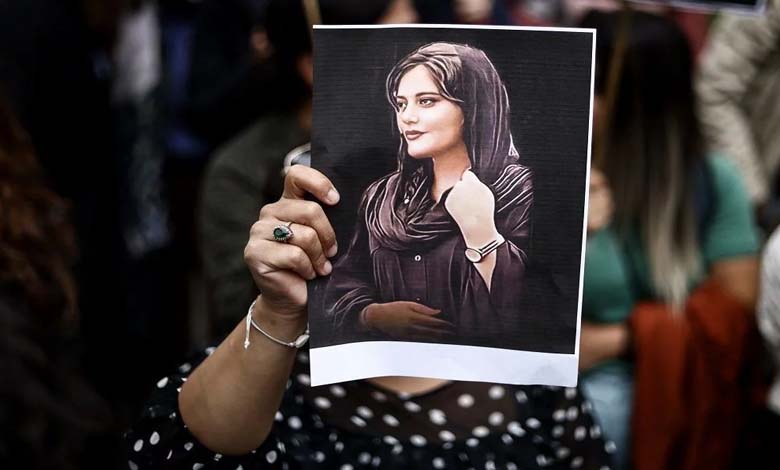
Years of crisis between the Iranian people and the oppressive regime persist, where the country continues to witness continuous violence towards anyone who dares to speak out. The issue has become a major internal crisis, with the people suffering from economic and authoritarian crises, leaving them with the choice of silence or facing arrest.
Iran‘s prisons are filled with women and men who have said “no” to the regime that deals with anyone who opens the file of the girl Mahsa Amini with brutality. It died in September 2022 after being arrested for violating the strict dress code imposed on women in Iran.
The Iranian regime against journalists
Iranian journalists abroad face threats from the Iranian regime. The US Department of State, the International Federation of Journalists, and the Australian Media, Entertainment, and Arts Alliance have all condemned these threats and called for the protection of journalists’ safety and press freedom in Iran.
The London Metropolitan Police warned the directors of “Iran International” about serious and immediate threats to the safety of Iranian journalists working in these media outlets, despite the temporary suspension of the activities of the London office.
The head of counter-terrorism police in the UK, Matt Jukes, stated that Iran had attempted to kidnap or even kill British citizens or residents in the UK at least 15 times. He pointed out that this force is increasingly dealing with threats from hostile countries, including Russia, China, and Iran.
Attacks and arrests of journalists covering Mahsa Amini’s case
Human rights advocacy groups have expressed their rejection of the ongoing repression by Iranian authorities since the death of Mahsa Amini. Journalists who have spoken extensively about her case inside and outside Iran have been arrested, with many of them being women.
Her death ignited protests across the country that lasted for months but were violently suppressed, leading to numerous arrests. However, the “Women, Life, Freedom” uprising continued in various forms and represented one of the biggest challenges faced by the Iranian authorities since the 1979 revolution.
Suppression against female journalists
According to “Reporters Without Borders,” based in Paris, there is horrifying suppression in Iran. Seventy-nine journalists were arrested in less than a year, with 12 of them still behind bars, including several women.
Less than a week after Amini’s death, 29-year-old journalist Niloufar Hemmati, from the daily newspaper Shargh, was arrested after preparing a report from the hospital where Amini remained in a coma for three days before her death. Hemmati shared a photo of Amini’s lifeless body on social media.
Among the detained journalists is also Elham Mohammadi, a reporter for the Hammihan newspaper, who covered Amini’s funeral in her hometown of Saqqez in the Kurdistan province of western Iran.
Both journalists remain in detention and are being tried on charges of violating national security, a charge they vehemently deny.


